Unable to withstand the enemy team’s siege engine any longer, the door to our vault finally explodes. I’ve just lost my first game of Paladins, the new class-based shooter from Hi-Rez Studios. Humbled by the loss, me and my teammates move on. There’s a long line of fans behind us eager to have their own go at the new game.
Nearby, the roar of a packed crowd rumbles its way through the walls of the Cobb Performing Arts Center in Atlanta. In the main arena, the World Championships for Hi-Rez’s popular MOBA Smite are underway. But in the adjoining ballroom where we are, the Hi-Rez Expo (as Smite’s developers have somewhat ambitiously christened the side show) exhibits the company’s past and future side-by-side. From Tribes: Ascend to showmatches of Paladins, scanning the room is like a brief history of Hi-Rez.
Paladins is a game only Hi-Rez could have produced. It blends elements from all the games the companies has released since it was founded in 2005, then turns them all into a class-based shooter.
That’s a bizarre coincidence, considering the class-based shooter genre has been relatively quiet since Team Fortress 2 in 2007. Yet, in the next four months a slew of similar games are slated to land. LawBreakers, Overwatch, Battleborn, Gigantic and now the recently revealed PlayStation 4 exclusive Paragon are all due in the first half of 2016. While those games are likely inspired by Team Fortress 2, inspiration for Paladins comes from a much more personal place for the Atlanta-based team.
“It’s got the DNA from all of our games in it,” says Paladins senior producer Mick Larkins, who also served as lead programmer on Tribes. “Tribes’ guns are all projectile-based, which leads to interesting gunplay and leading targets, all that kind of thing, with wider open maps and spaces. So a lot of Tribes is in there.”
Larkin is confident that Paladins has a competitive appeal.
The 2012 shooter, which enjoyed a brief competitive scene the year it was released, centered gameplay around capturing the flag and fast-paced movement based on a “skiing” mechanic. It also taught the studio a lot of key lessons before striking esports gold with Smite two years later.
The first iteration of the game came from altering Smite’s over-the-shoulder camera to play the game in first-person, according to Larkin. (In fact, the most recent new game mode for their Smite, in which players escort an engine of war down a creep lane, came out of prototyping for Paladins.) Indeed, in a lot of ways Paladins is a further expansion of Smite’s primary design philosophy: making the MOBA genre more action-oriented. Early prototypes of the new game simply used the same gods, animations, and particle effects as its older sibling, a holdover still visible in today’s closed beta where some placeholder images are taken from Smite’s ability icons.
After months of secretly tweaking and tooling around in their own test servers, hashing out the idea for a game, Blizzard’s cinematic reveal for Overwatch crashed in from nowhere, followed seemingly by every other AAA publisher in the PC market. Smaller studios could be forgiven for quaking when Activision turns up on your doorstep, but for Larkins the prospect of other developers taking the same approach is more comforting than intimidating.
“It’s really interesting because there’s a big list of games getting into the same sort of space, which has been funny to see that,” he says. “Because on one hand you’re part of a movement, which is always a good thing. You’re not doing the one thing different and it’s good to know others are going in that direction. But at the same time it’s definitely an independent thing that was a natural progression for us.”
This progression has led to the development of a five-on-five shooter with a roster of champions and their various ability sets. Their job is to destroy the other team’s vault, tucked away in their base behind two secure gates. The only way through is to lay siege to the gates, and the only way to do that is to gain control of a siege weapon. The transition from capturing a control point for ownership of the weapon, escorting it to the enemy’s base and destroying their vault is simple, but alternates between defending and attacking based on who wins the initial control point capture battle.
This all takes place on a set of massive maps, however. The arenas in Paladins are larger than Smite’s conquest mode—the main competitive map, akin to League’s Summoner’s Rift. But they’re smaller than the rolling hills, peaks, and troughs of Tribes: Ascend’s sprawling maps. That can be problematic for the sort of teamfight action Hi-Rez was hoping to achieve with Paladins.
“It’s very important at the core of our siege game mode to always have one thing to do, and it always brings the teams together and gives the opportunity for a front and then chances to flank that front,” Larkins says. That’s in contrast with Tribes, which allowed for a greater number of roles and objectives at any one time. Players could take out generators to lower base defences to give a flag-runner an easier escape, and so on. But running both offensive and defensive roles at the same time on opposite sides of a gigantic map sometimes made impromptu, or implicit, communication difficult.
“You don’t really have the teamfights, and Tribes wasn’t about the teamfights, it was about the thrill of managing to infiltrate a base that had defenses and killing them to take the flag or dodge them and have Spinfusor shots chasing you down,” Larkin says. “That’s what Tribes was all about. Whereas Paladins is much more focused on the teamfights and concentrating the action.”
Randomness can play into what makes the game exciting.
Tribes: Ascend prepared the team with other knowledge to tailor the experience just the way they wanted for a new generation—and a new audience.
“I’m a big Tribes fan, I was a lead programmer of Tribes, I actually wrote most of the skiing systems,” Larkins says. “And even though that system is my baby, I love it, and it’s what makes Tribes Tribes—you can’t have Tribes without skiing—it’s a major barrier to entry.”
Accessibility is a word that gets thrown around a lot when it comes to competitive online games. Bringing in an audience is just as important, if not more so, than retaining one.
“Tribes is seen as an advanced shooter’s game, and because of that it has a sort of cult following,” Larkin says. “However it’s very difficult to break into the mainstream with that big difference. When you take away one of the core pillars that everyone knows how a shooter plays, like the movement and replace it with a new movement scheme, it’s a very difficult thing to ask the majority of people to do. So we’re flipping that around in Paladins.”
What Larkins and the team settled upon was similar to Blizzard’s famously noob-friendly approach with Overwatch. There is no weapon switching. There’s not even a melee option. Only one character, currently, even has to reload. By simplifying the base mechanics, Hi-Rez is aiming to flesh out Paladins through its strategy and meta-game.
“That’s not to say that it’s a really stupidly easy game,” Larkins says. “But the barrier to entry, we want it to be as friendly as possible and flip it from Tribes, to have the complexity emerge from the card system, and strategy around that.”
Paladins’ cards provide additional benefits or alterations to your character’s main abilities, essentially mimicking the item system of a MOBA. Each level, you can bring in three cards to choose from your deck. It brings an element of randomness to power levelling, but the strategy of first choosing the cards to bring in with you and the skill of knowing when to take certain cards depending on what your opponents have chosen creates a competitive dynamic.
“It’ll be interesting to see how that plays out, because on the surface when you say randomness and shooter, a lot of people tense up about that and get worried about the RNG aspect,” Larkins says. “But we found that, the way we’ve set it up, we’ve carefully built those mechanics so the chances are high that you’ll get access to the majority of things you want in a game, but knowing exactly when they come into play is what’s up to fate.”
Larkins believes that the randomness can play into what makes the game exciting. Watching highly skilled players deal with the unexpected is part of the thrill of esports for him. From playtests they had done with professional players, Larkin is confident that Paladins has a competitive appeal—though he still wants to play it by ear and not force anything.
This approach has either been surpassed or forgotten as a $100,000 Founder’s Tournament will now be played out in Spring this year. And with constructed mode finally arriving in the beta, and improvements in the last patch, everything is in place to begin competition in the game. The timing of that decision with respects to other games in that class-based goldrush could not have been better judged. Blizzard had taken its Overwatch closed beta offline until mid February, by which point the online qualifiers for a $100,000 tournament were already underway.
What Hi-Rez has learned about game design from its previous titles is accompanied by as much, if not more, business acumen. From the $200,000 Smite Launch Tournament to now, this is a company with a history of wagering on their own successes and—for the most part—coming out on top.
The company has extensive experience in free-to-play monetization. Hi-Rez lays claim to one of the first F2P titles on Steam—Global Agenda—a few weeks before Valve put its own Team Fortress 2 into the same model. All of Hi-Rez’s games are now part of that model. But converting Global Agenda and, later, Tribes from retail copies has given them insight into what works—and what really angers a playerbase.
Paladins is a game only Hi-Rez could have produced.
During Tribes’ conversion to free-to-play, Hi-Rez attempted to create attachment by introducing new weapons, or variations on classics from the franchise such as Spinfusors, and Phase Rifles.This complicated play and also added an element of “power gating,” however, by locking more impactful gameplay tools behind a paywall which newer players didn’t have access to.
The team is aiming to recreate Smite’s “tiered-rarity” system of cosmetics—increasingly elaborate skins mirroring the rare, epic and legendary status of their cards—as well as the card collection random drop system itself, or five-card packs for purchase in-store. It’s a model that avoids the cardinal sins of “power gating,” but it also provides the team with an outlet.
Hi-Rez has invested heavily in art, with a team of more than 30 animators, riggers, texture and concept artists collaborating on skins for the game’s gods. One of the perks of the job for Larkins is being able to create and sell that art through the medium of games.
“Having a more champion-centric approach to that and a focus more on the cosmetics,” Larkins says, “I think the business decisions we made and uncovered throughout Smite’s beta process, and lessons learned from Global Agenda and Tribes, is one of the reasons why Smite is on the trajectory it is now, and we hope Paladins will follow.”
Image via Hi Rez


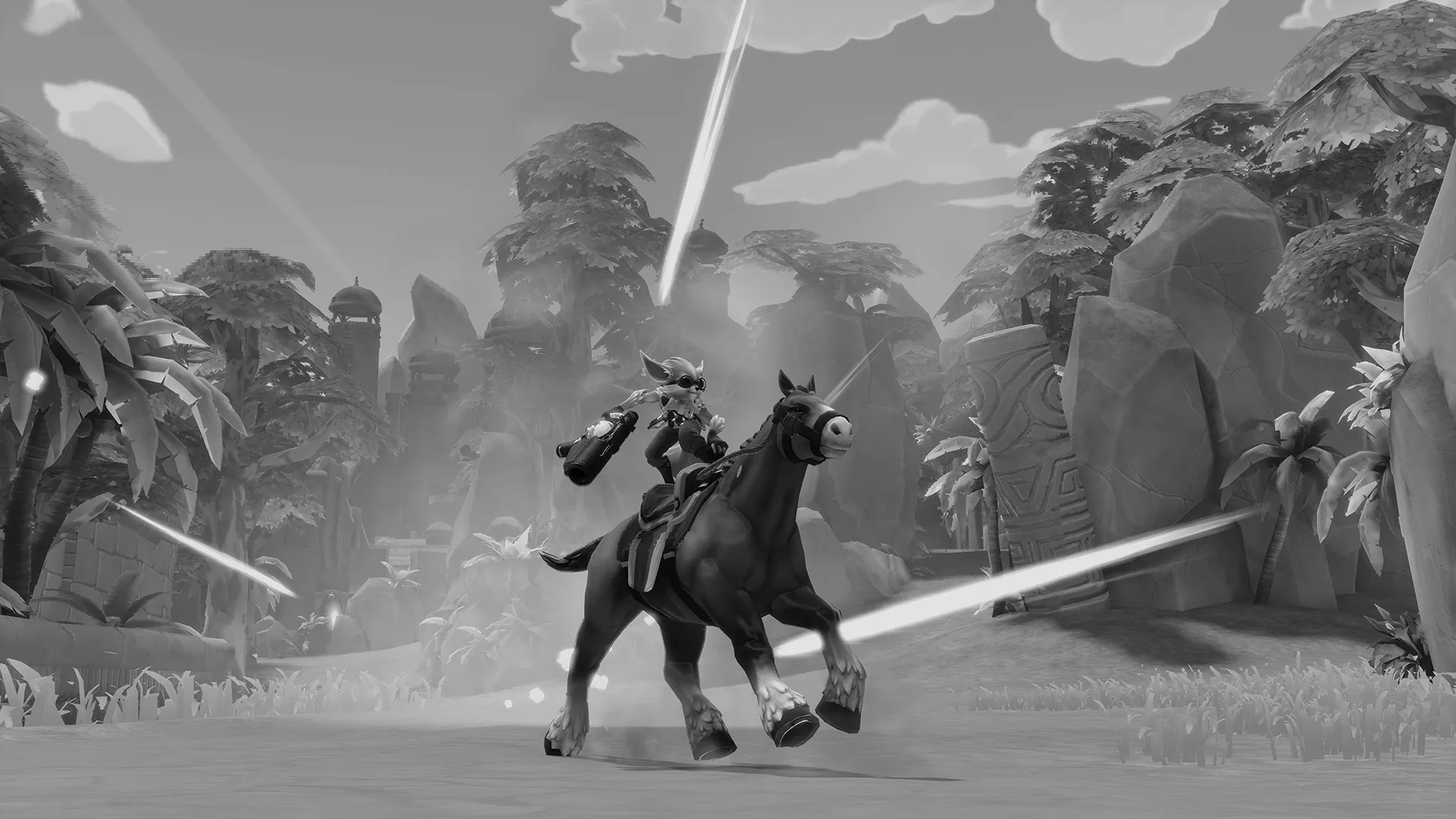
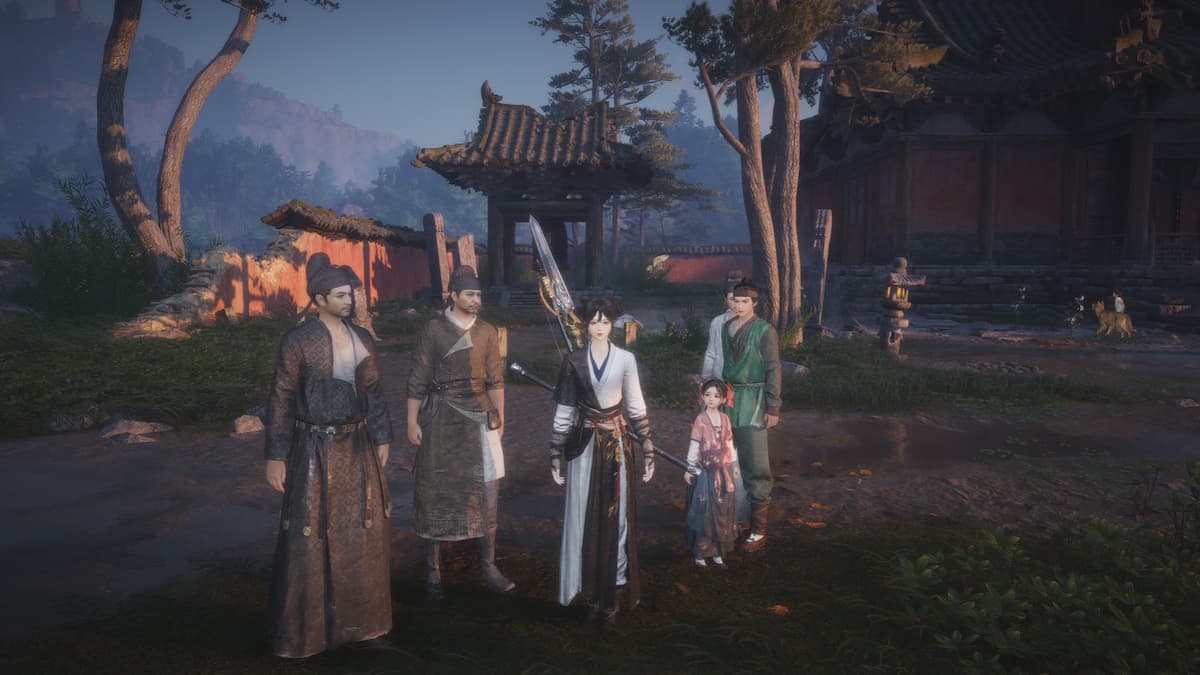

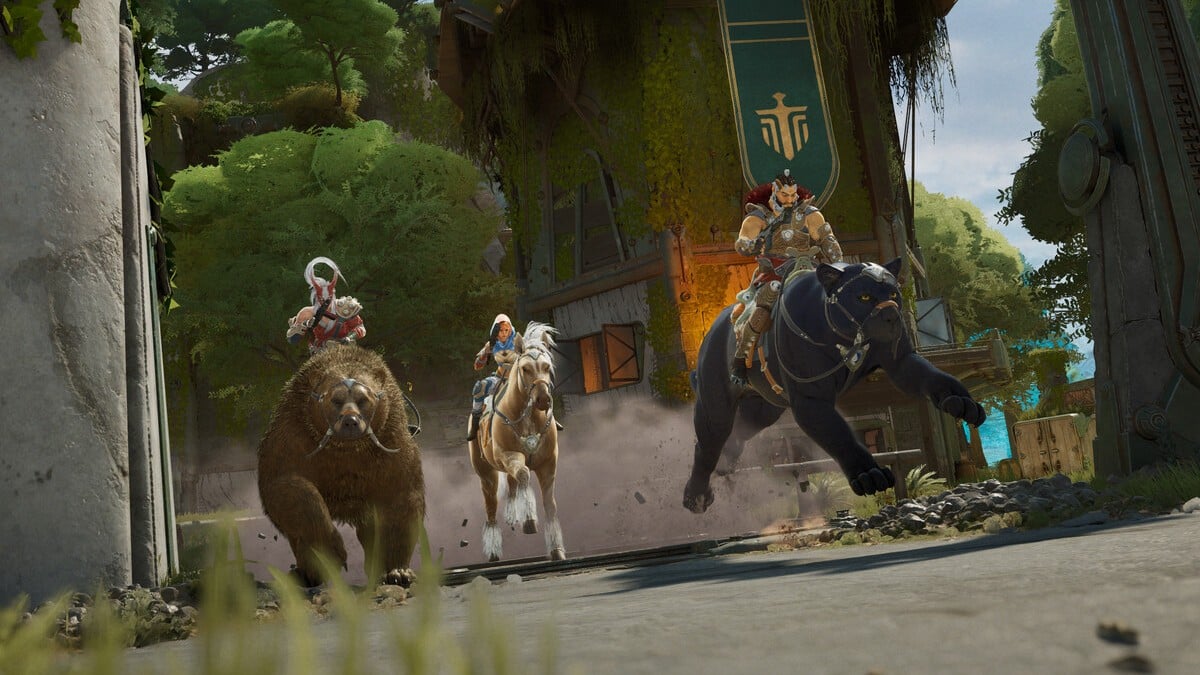
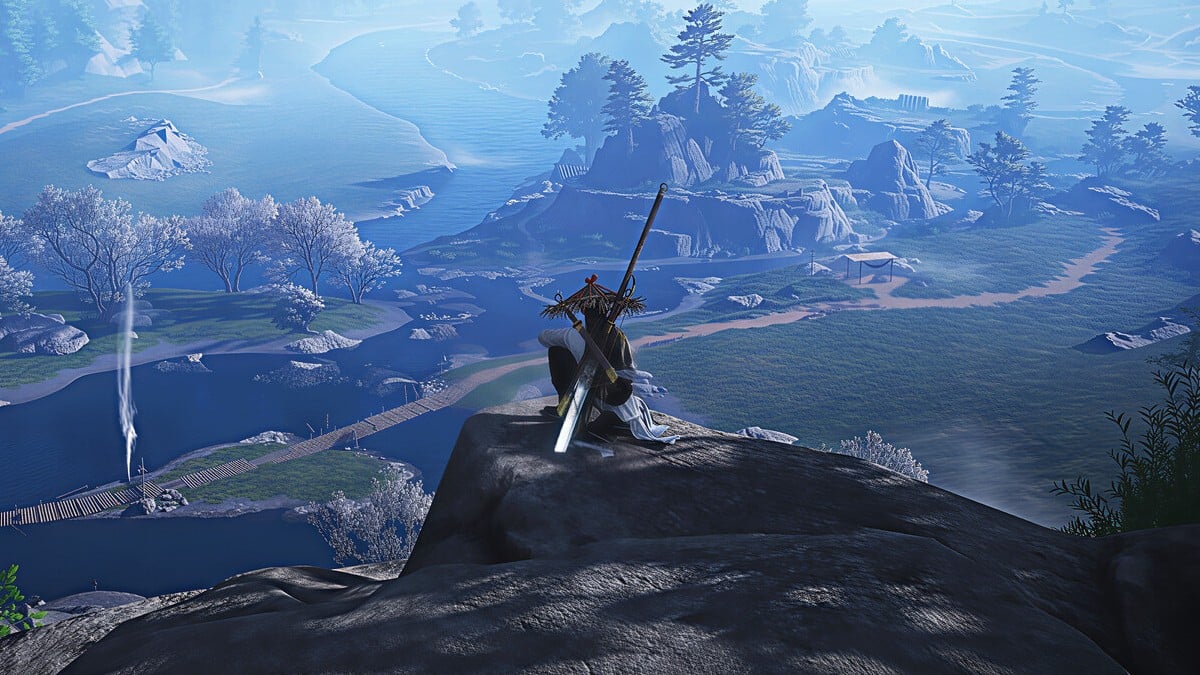
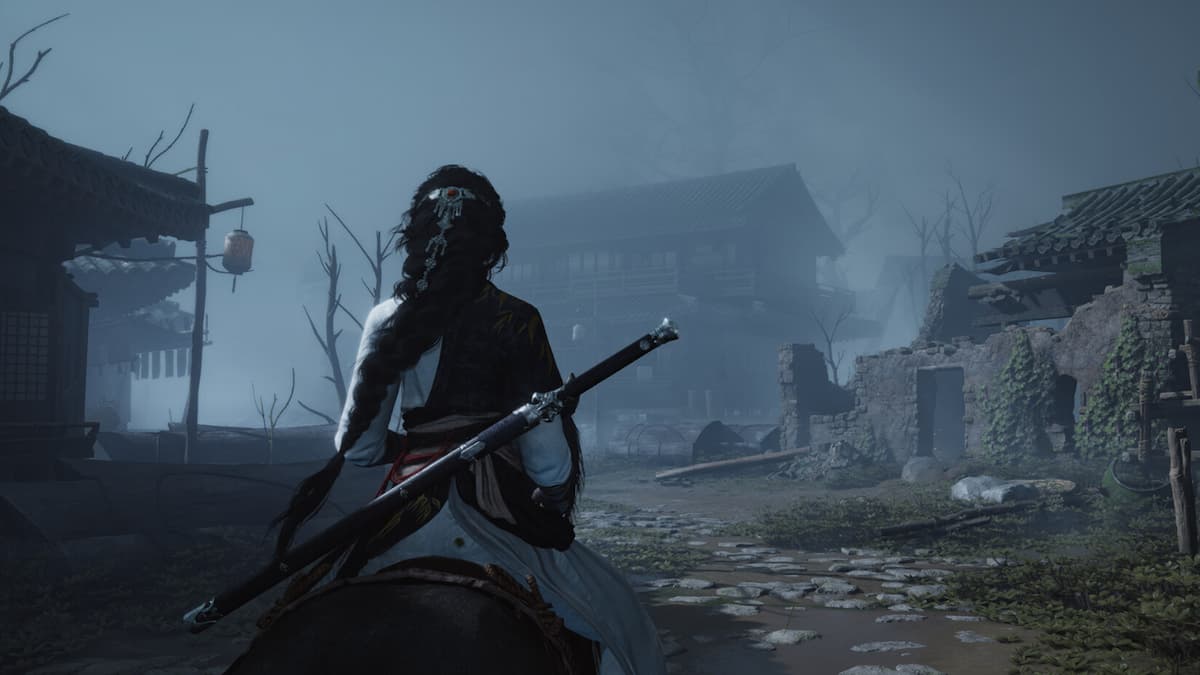

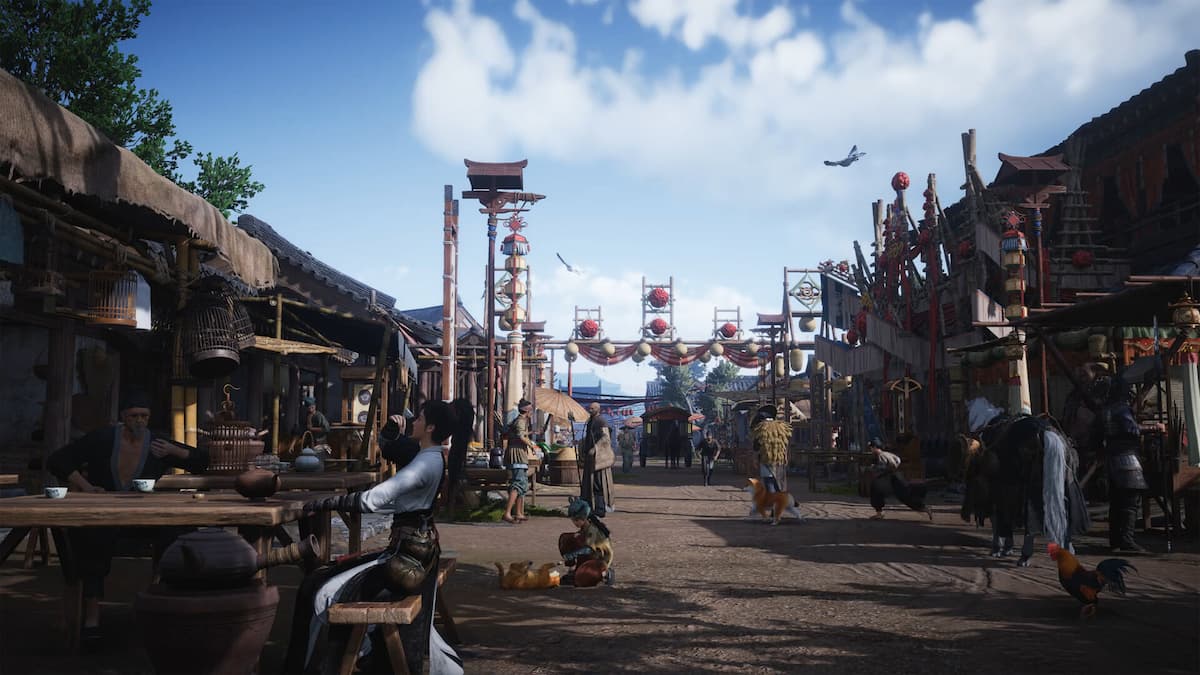
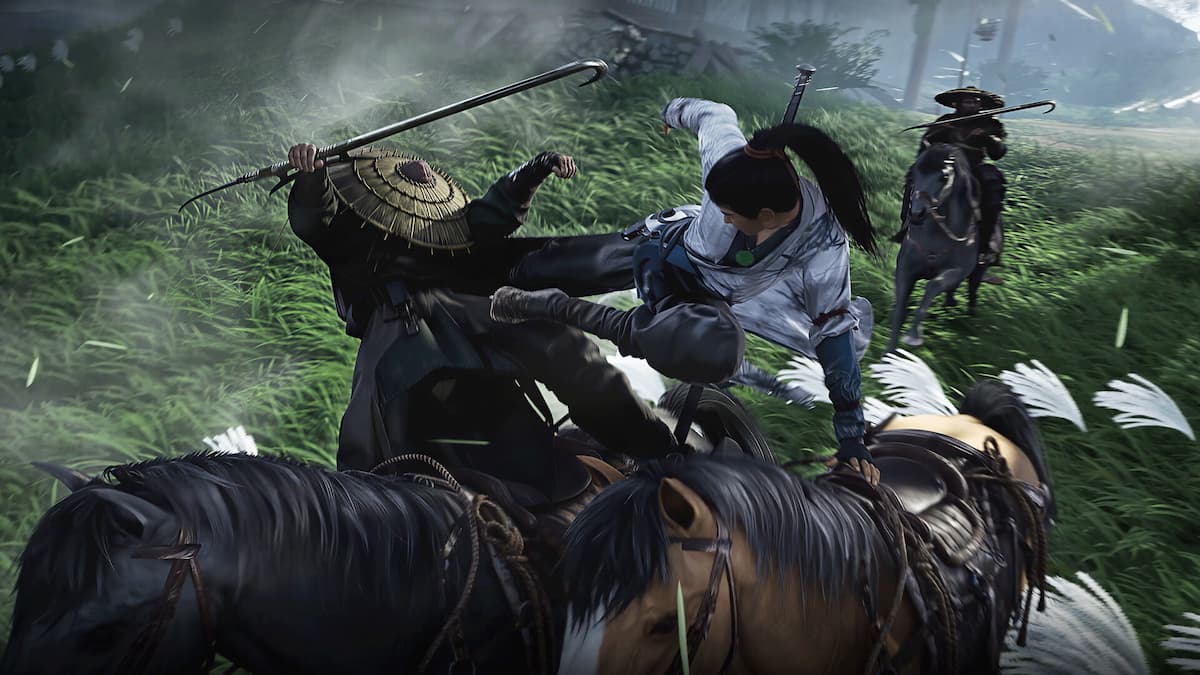
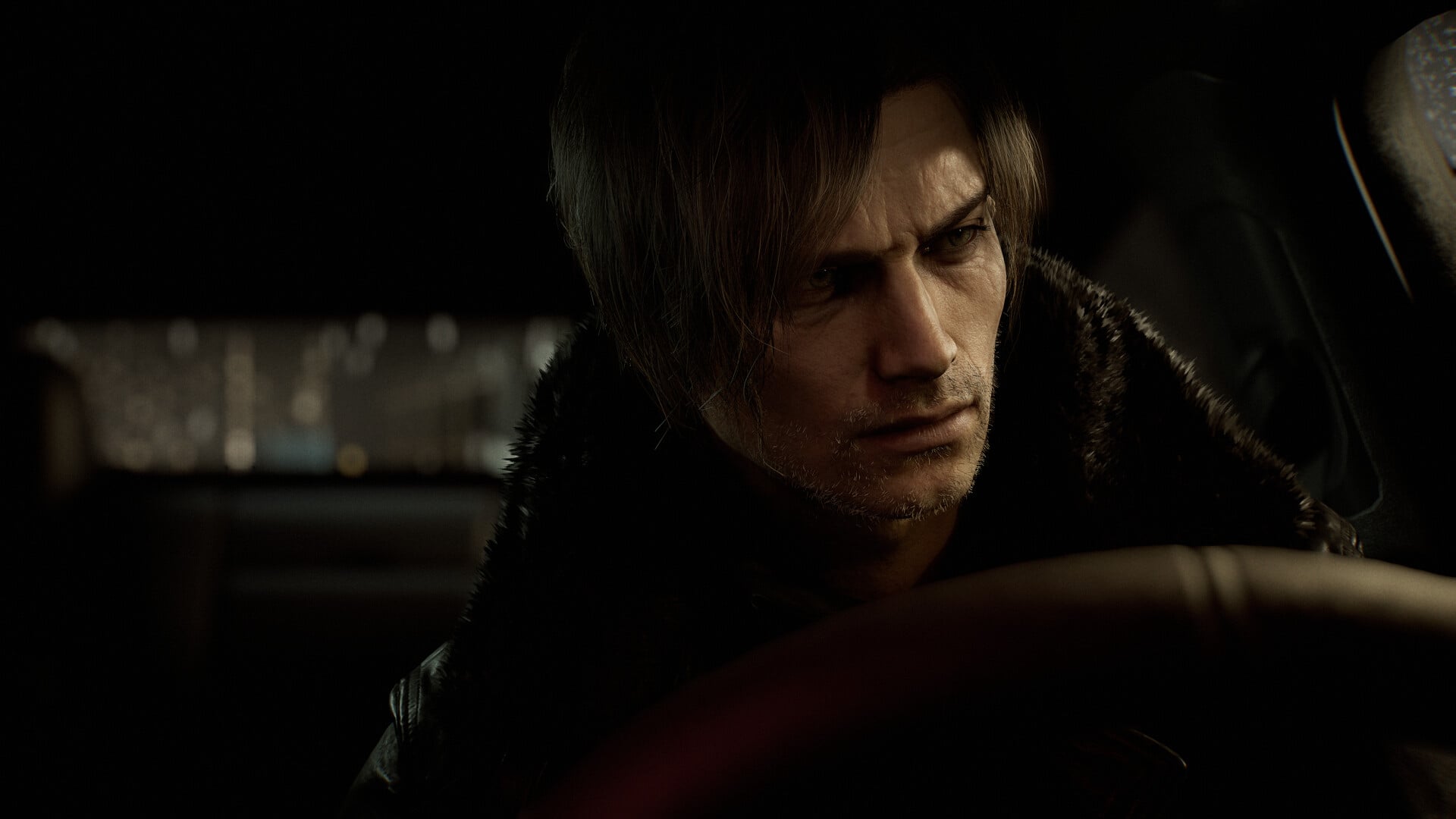
Published: Feb 24, 2016 08:50 am